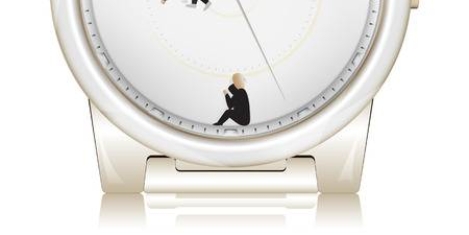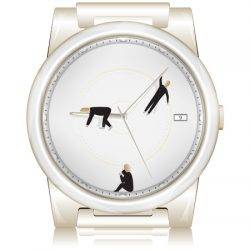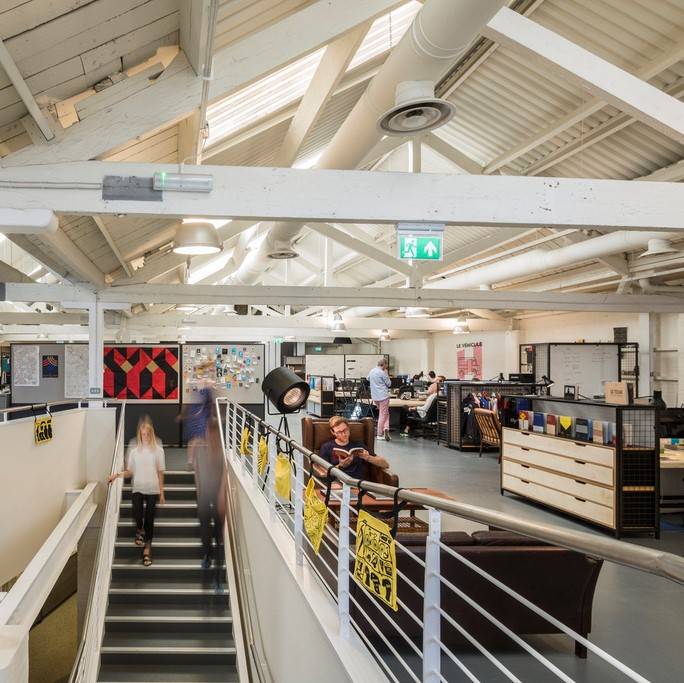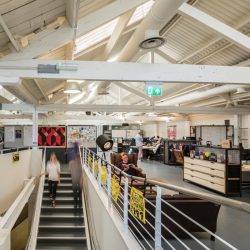February 23, 2018
Nearly a third of UK staff feel disengaged and stressed due to inefficiencies at work

Nearly a third (29 percent) of UK workers say that they have become disengaged and a third (33 percent) have gone as far as looking for a new job due to the frustrations of dealing with workplace inefficiencies. Alongside functional frustrations, 50 per cent of the most stressed UK workers said that they felt undervalued by their boss. With 67 percent of them doing more hours in the office, 46 per cent working more on weekends and 56 per cent taking fewer breaks, nearly half (47 per cent) of the most stressed respondents believed, given the opportunity, they could do a better job than their managers. These are some of findings of the Digital Work Survey 2018 which was commissioned by Wrike that highlight frustrations over inefficiencies at work and the worrying impact this is having on how engaged, productive and happy employees are in their roles. Of those who were feeling most stressed, 66 per cent said that over the last two years they’ve seen increased expectations around the speed at which they must deliver work.







 A third of workers (32 percent) regularly struggle to be productive in their job, and one in six (16 percent) blame their manager – claims a new survey from ADP. This puts bad management ahead of inefficient systems and processes (15 percent) and staff shortages (13 percent) as the biggest drain on productivity in the UK workplace. The UK has been grappling with low productivity levels for a number of years, consistently placed behind other leading economies, such as Germany and the US in official productivity tables. While recent ONS figures suggested a recovery is underway, reporting
A third of workers (32 percent) regularly struggle to be productive in their job, and one in six (16 percent) blame their manager – claims a new survey from ADP. This puts bad management ahead of inefficient systems and processes (15 percent) and staff shortages (13 percent) as the biggest drain on productivity in the UK workplace. The UK has been grappling with low productivity levels for a number of years, consistently placed behind other leading economies, such as Germany and the US in official productivity tables. While recent ONS figures suggested a recovery is underway, reporting 




 There has been a rise in the number of people who believe businesses in the UK have a good reputation, with a significant number of younger people helping to create this positive picture. The research, comparing perceptions of businesses between May and November 2017, reveals 2 in 3 people think UK businesses have a good reputation, up 7 percent in 6 months. The tracker, conducted by the CBI in partnership with global PR agency, Porter Novelli, and research company, Opinium, revealed that the public are more aware of the value business provides in local communities with an increasingly vocal business community emerging in recent months. Importantly, the improvement in business reputation has largely been driven by young people and those in work, with a significant 15 percent rise in positive views among 18-34 year olds. This reinforces the view that younger people are more engaged in the debate about the UK’s future, with the Brexit negotiations and a sharper political debate intensifying the focus on jobs and the economy.
There has been a rise in the number of people who believe businesses in the UK have a good reputation, with a significant number of younger people helping to create this positive picture. The research, comparing perceptions of businesses between May and November 2017, reveals 2 in 3 people think UK businesses have a good reputation, up 7 percent in 6 months. The tracker, conducted by the CBI in partnership with global PR agency, Porter Novelli, and research company, Opinium, revealed that the public are more aware of the value business provides in local communities with an increasingly vocal business community emerging in recent months. Importantly, the improvement in business reputation has largely been driven by young people and those in work, with a significant 15 percent rise in positive views among 18-34 year olds. This reinforces the view that younger people are more engaged in the debate about the UK’s future, with the Brexit negotiations and a sharper political debate intensifying the focus on jobs and the economy.










March 5, 2018
About time we simply accepted that coworking and flexible working are the new normal
by Sarah King • Comment, Coworking, Flexible working, Workplace design
(more…)